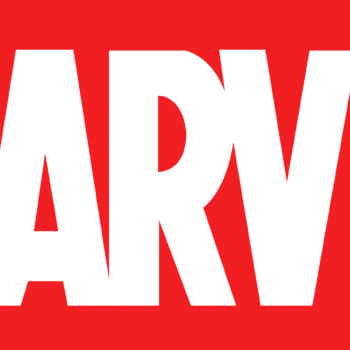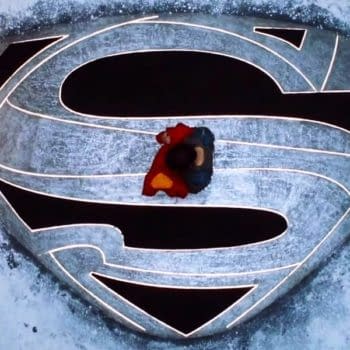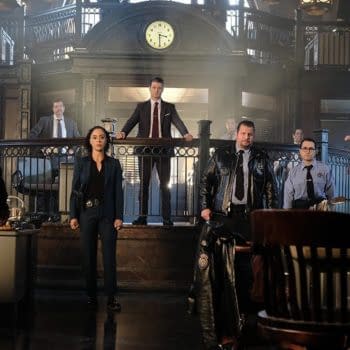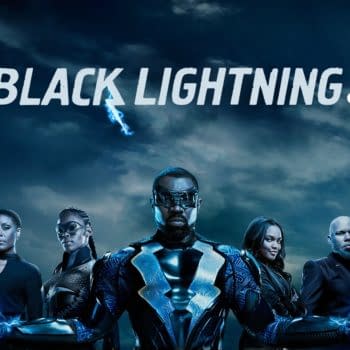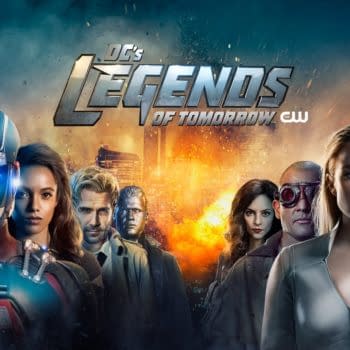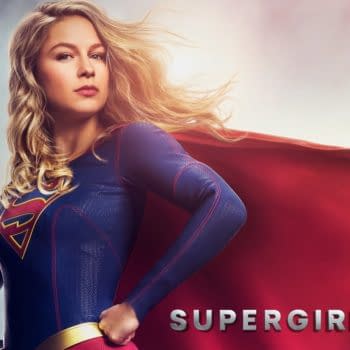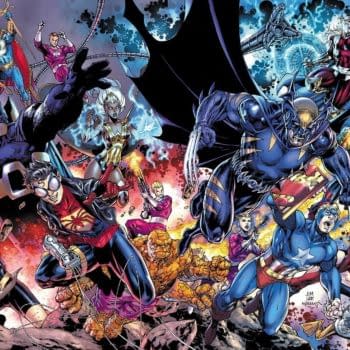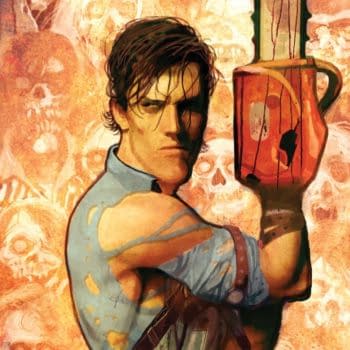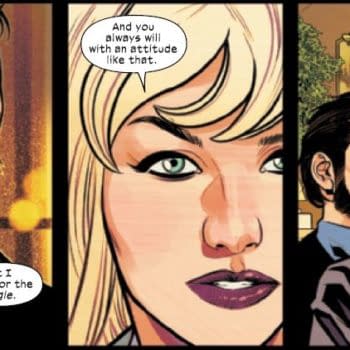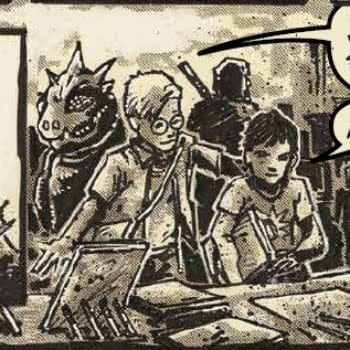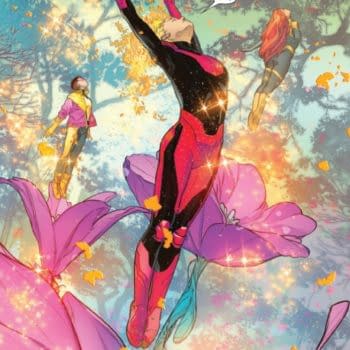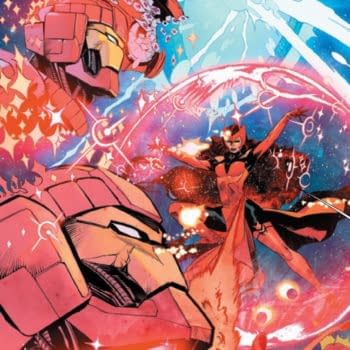Posted in: Comics | Tagged: Comics, dynamite, entertainment, justin gray, Lone Ranger: Vindicated
Justin Gray On Wrapping Up Lone Ranger: Vindicated
In this latest writer-to-writer interview, Frank Barbiere (Solar: Man of the Atom) talked with Justin Gray about wrapping up the four-issue miniseries Lone Ranger: Vindicated for Dynamite this week. Cover art by Mark Laming, interior pages by Rey Villegas..

JUSTIN GRAY: To be honest I'm always torn with when to use internal monologue and when not to. There are times when it is so basic to the style of the story and other times when it is comical and ridiculous. Any time I have used the internal voice of the protagonist in a western I felt like it was a failure, a fraud, because a big part of the genre from Roy Rodgers and John Wayne to Clint Eastwood is that westerns were a teaching tool. Westerns for a long time were the framework of teaching young boys how to be noble men. That concept has been twisted and repurposed over the last 100+ years, but that is what westerns were once upon a time. Internal monologue is a manipulative tool in the writer's toolbox. There are times when it works brilliantly, but too often it feels like a crutch.
FB: Being a period piece, you're not able to rely on lots of modern "devices" to convey plot, solve problems, etc. Did you run into any trouble in a world without news broadcasts, cell phones, and fast travel when plotting this story? Did it inspire you?

FB: What elements were you looking to put into the supporting cast here? Particularly the character of Fiona, who really makes a bold moral decision here and shows there's more depth to her than readers may have thought. Did you want the character to represent an aspect of Lone Ranger or the western hero?
JG: The first thought I had was that Lone Ranger is dedicated and exceptional in the things he's been forced to learn. His family is dead, murdered, and so his natural inclination is to bring justice to the world. What he has no concept of is how a family starts or lives over time. For him in the time period that he occupies a woman is both essential and unknown. Fiona represents the unknowable. In a different world an ordinary guy falls in love with an ordinary girl and they raise a family, but here we see they are both damaged and unique but not to each other. Fiona is not the traditional damsel in distress, but neither is she the shrew, harpy or femme fatale that permeated the genre when Lone Ranger was created.

JG: I love action and far too often it is regurgitated or reimagined from pop culture because we all love to revisit those moments that we believe define us. I really wanted to write Lone Ranger because when I was six or seven my mother used to wake me up in the morning for school at least two hours early. His action seemed so brilliant, but if you watch it now it is staged and awkward. Anyway, I have no idea why my mother needed that much time to get ready for work, but she sat me in front of the TV with a bowl of oatmeal and the very first show was Lone Ranger. Syndicated re-runs mind you. Again I go back to these westerns being teaching tools for young men. Be a man, stand up for what is right and always protect the people that cannot protect themselves. Lone Ranger to me was a "man" doing the right thing no matter what.
FB: To wrap, did writing Lone Ranger lead you to think about the western genre or more "iconic" characters in any way? I know you're no stranger to westerns, but I like to think that every project can teach us something. Any final thoughts on your end?
JG: I look at westerns as cultural phenomena that are specific to a certain time and yet universal to all people. The same can be said for stories that feature Samurai, Vikings, Pirates, Shaolin Monks, Gladiators and more. I had been working in very dark shades of gray with Jonah Hex. With Lone Ranger I wanted to approach the same darkness not with a fight fire with fire attitude, but rather with a fight fire with kindness POV. It was a refreshing experience.
For more on Lone Ranger: Vindicated, click here.



